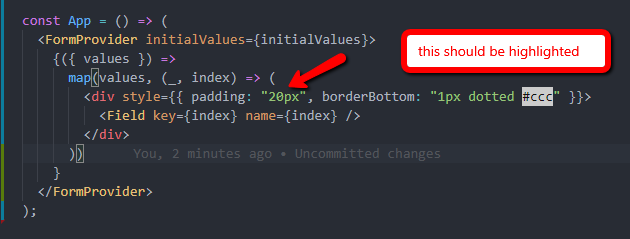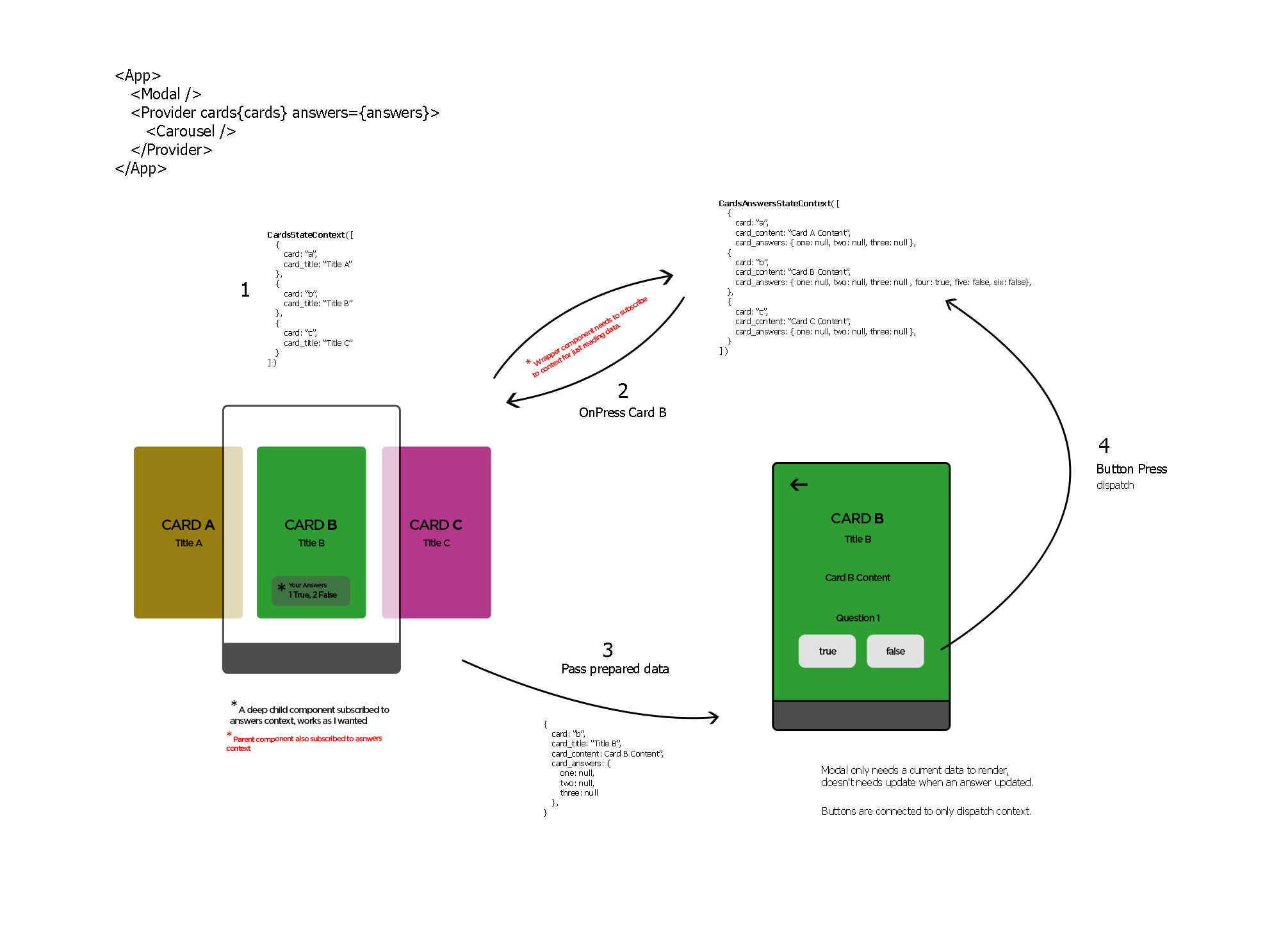This is working as designed. There is a longer discussion about this in https://github.com/facebook/react/issues/14110 if you're curious.
Let's say for some reason you have AppContext whose value has a theme property, and you want to only re-render some ExpensiveTree on appContextValue.theme changes.
TLDR is that for now, you have three options:
Option 1 (Preferred): Split contexts that don't change together
If we just need appContextValue.theme in many components but appContextValue itself changes too often, we could split ThemeContext from AppContext.
function Button() {
let theme = useContext(ThemeContext);
// The rest of your rendering logic
return <ExpensiveTree className={theme} />;
}Now any change of AppContext won't re-render ThemeContext consumers.
This is the preferred fix. Then you don't need any special bailout.
Option 2: Split your component in two, put memo in between
If for some reason you can't split out contexts, you can still optimize rendering by splitting a component in two, and passing more specific props to the inner one. You'd still render the outer one, but it should be cheap since it doesn't do anything.
function Button() {
let appContextValue = useContext(AppContext);
let theme = appContextValue.theme; // Your "selector"
return <ThemedButton theme={theme} />
}
const ThemedButton = memo(({ theme }) => {
// The rest of your rendering logic
return <ExpensiveTree className={theme} />;
});Option 3: One component with useMemo inside
Finally, we could make our code a bit more verbose but keep it in a single component by wrapping return value in useMemo and specifying its dependencies. Our component would still re-execute, but React wouldn't re-render the child tree if all useMemo inputs are the same.
function Button() {
let appContextValue = useContext(AppContext);
let theme = appContextValue.theme; // Your "selector"
return useMemo(() => {
// The rest of your rendering logic
return <ExpensiveTree className={theme} />;
}, [theme])
}There might be more solutions in the future but this is what we have now.
Still, note that option 1 is preferable — if some context changes too often, consider splitting it out.








Do you want to request a feature or report a bug?
bug
What is the current behavior?
I can't rely on data from context API by using (useContext hook) to prevent unnecessary rerenders with React.memo
If the current behavior is a bug, please provide the steps to reproduce and if possible a minimal demo of the problem. Your bug will get fixed much faster if we can run your code and it doesn't have dependencies other than React. Paste the link to your JSFiddle (https://jsfiddle.net/Luktwrdm/) or CodeSandbox (https://codesandbox.io/s/new) example below:
What is the expected behavior?
I should have somehow access to the context in React.memo second argument callback to prevent rendering Or I should have the possibility to return an old instance of the react component in the function body.
Which versions of React, and which browser / OS are affected by this issue? Did this work in previous versions of React? 16.8.4